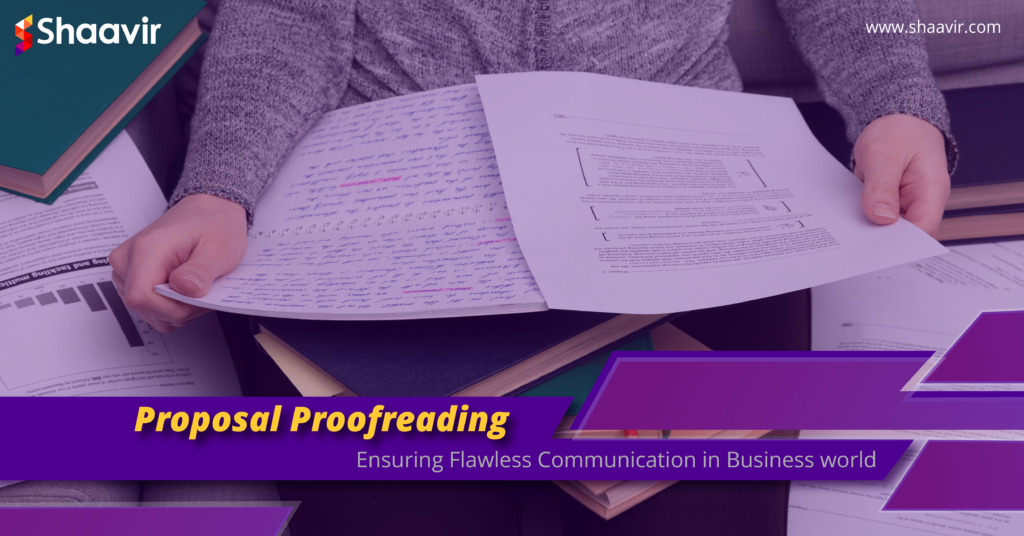In the dynamic and competitive world of business, proposals play a pivotal role in securing new projects, attracting clients, and achieving organizational goals. A well-crafted proposal can make a lasting impression, showcasing your expertise, outlining your proposed solutions, and persuading potential clients to choose your company over others. However, even the most brilliantly written proposal can be undermined by grammatical errors, typos, and inconsistencies. This is where proposal proofreading emerges as an indispensable step in the proposal development process.
Understanding the Significance of Proposal Proofreading
Proposal proofreading is the meticulous process of identifying and correcting any errors or inconsistencies in a proposal. It involves carefully reviewing the document for grammatical mistakes, typos, spelling errors, formatting issues, and inconsistencies in style and tone. Effective proofreading ensures that your proposal is presented in a polished, professional, and error-free manner, enhancing its credibility and increasing your chances of success.
Additional Tips for Effective Proposal Proofreading
- Proofread Multiple Times: Proofread your proposals multiple times to catch any errors that may have slipped through the first round.
- Read Aloud: Read your proposals aloud to identify any awkward phrasing or grammatical errors that may not be readily apparent when reading silently.
- Utilize Proofreading Tools: Leverage proofreading tools and software to streamline the process and identify potential errors.
- Seek Feedback: Share your proofread proposals with colleagues or peers for constructive feedback. This external perspective can help identify areas for improvement.
- Adhere to Client Guidelines: Carefully follow any specific guidelines or formatting requirements provided by the potential client.
